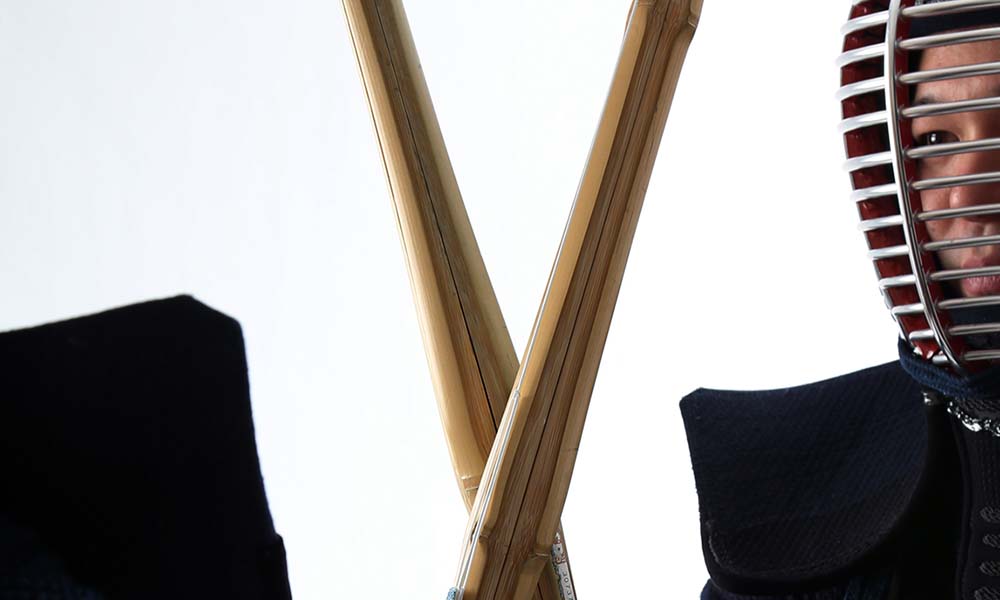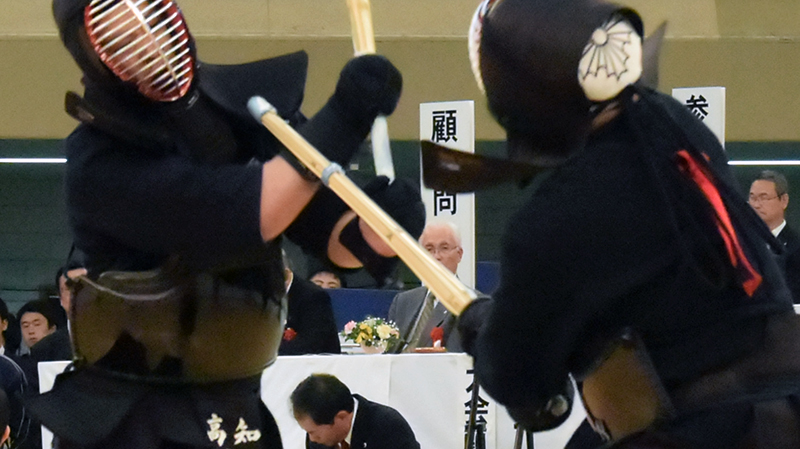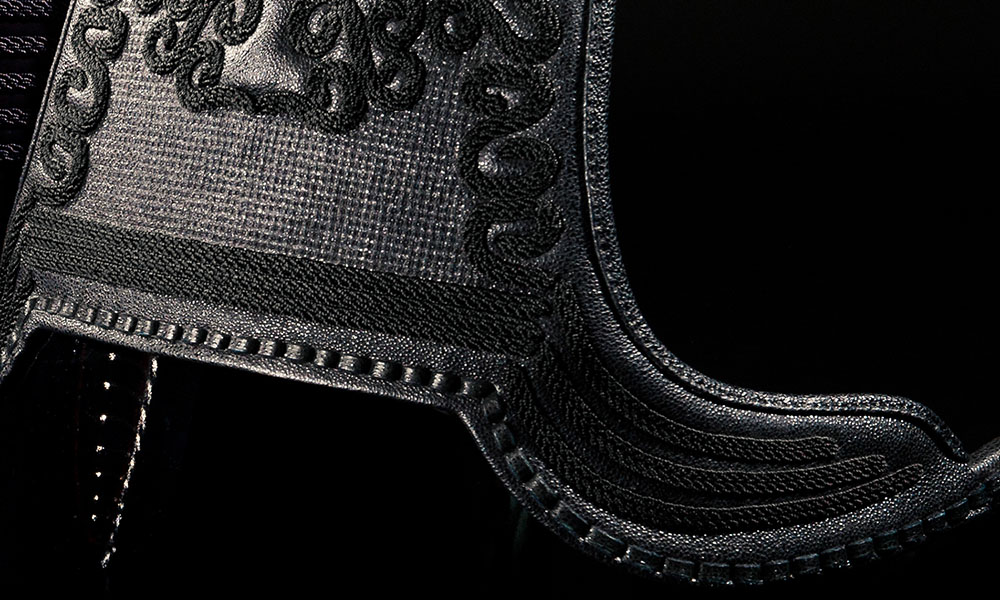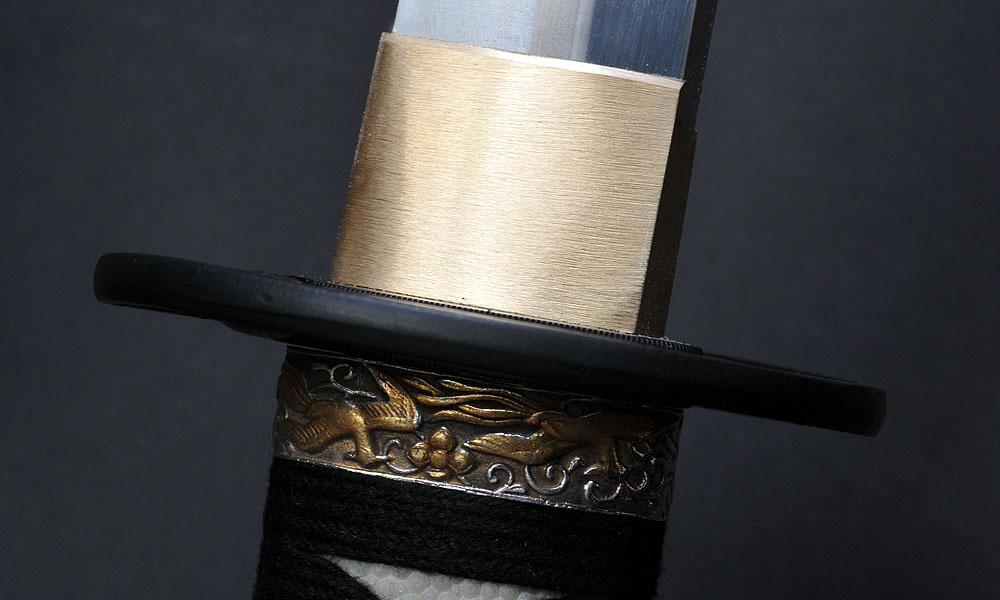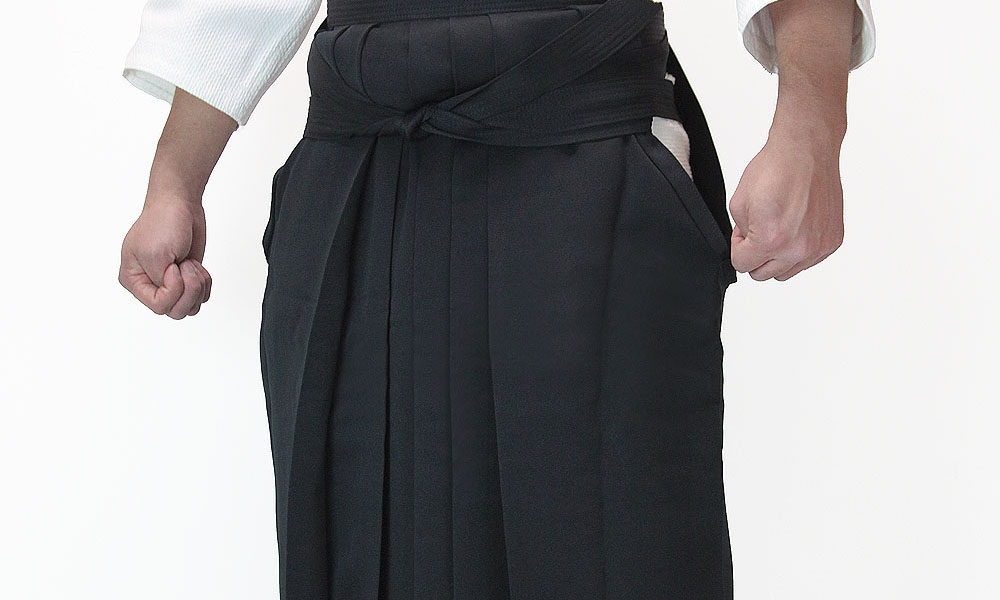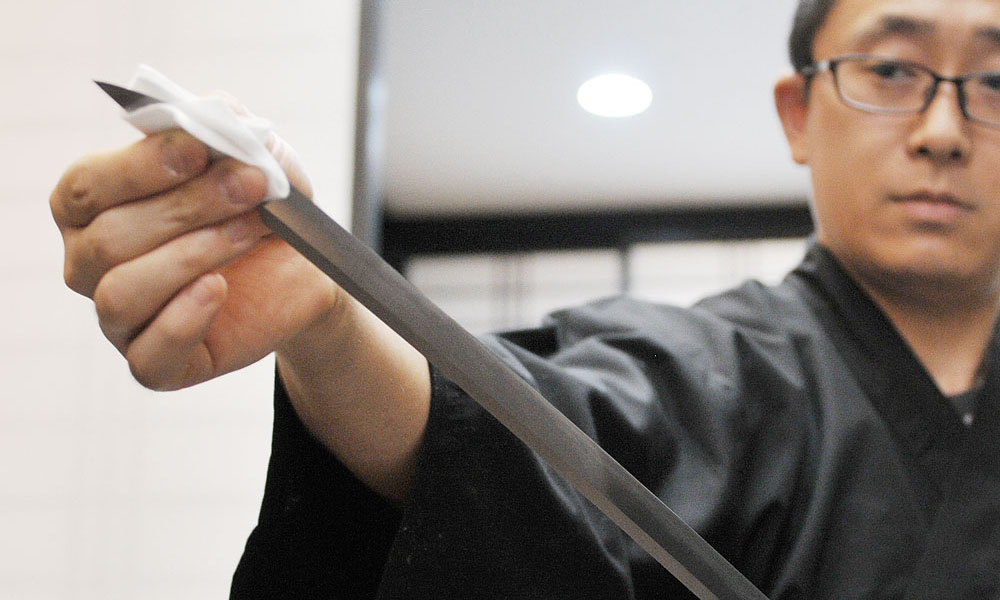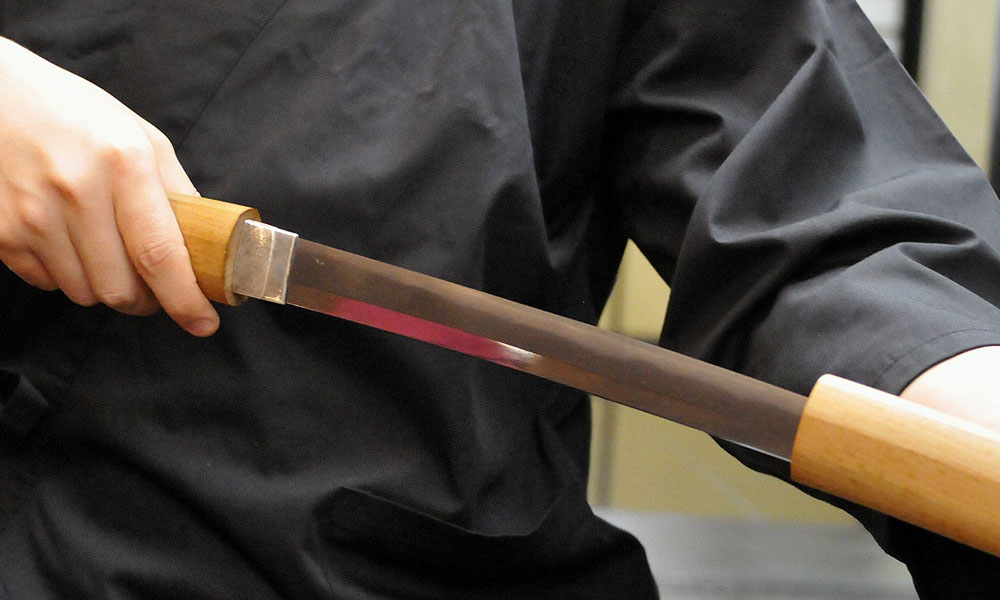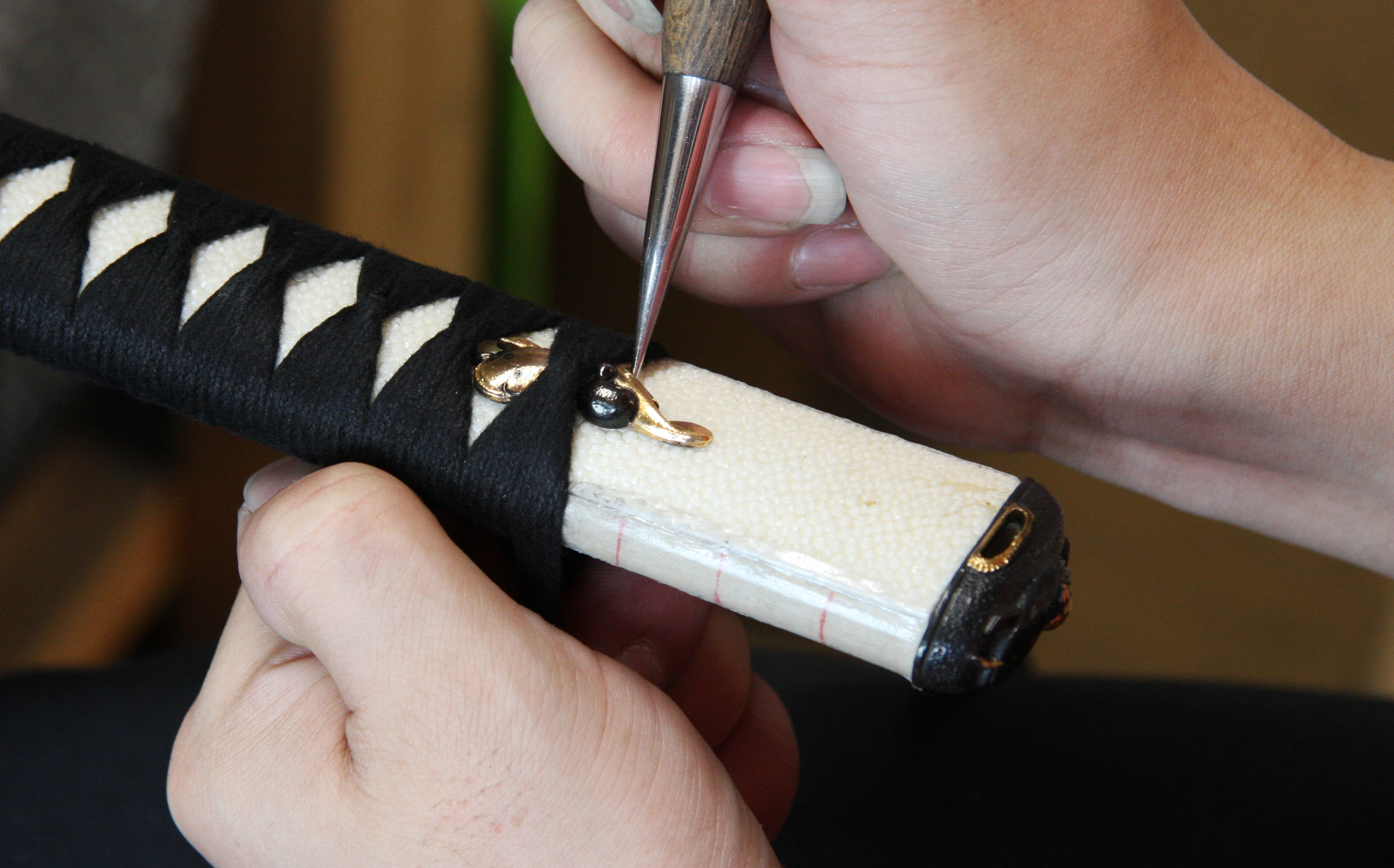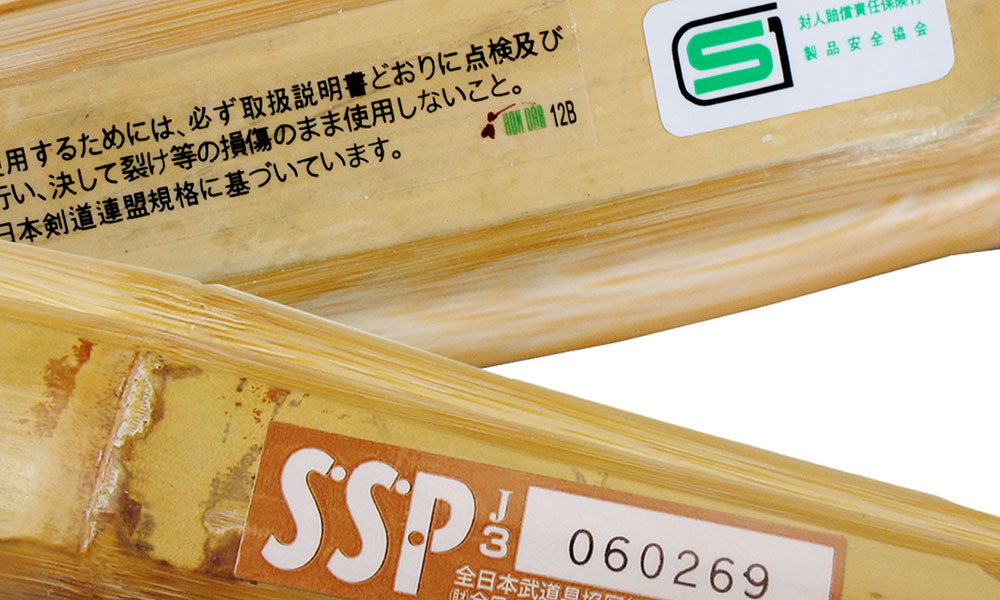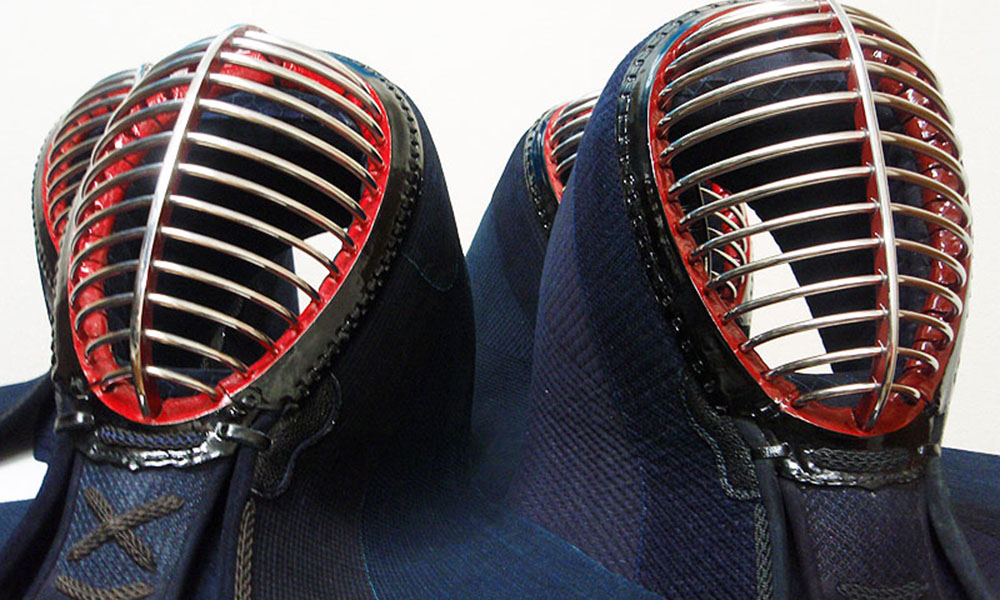Reflections on the Shinai’s History – Is the Shinai just a bamboo sword or is there more to it?
A ‘Shinai’ is commonly known as a practice tool replacing a live blade in Kendo and Kenjutsu. And yet, it goes beyond being simply a tool in that it’s treated with reverence. More than just being a bamboo sword used during practice or competitions, by standing in for a real Read More


